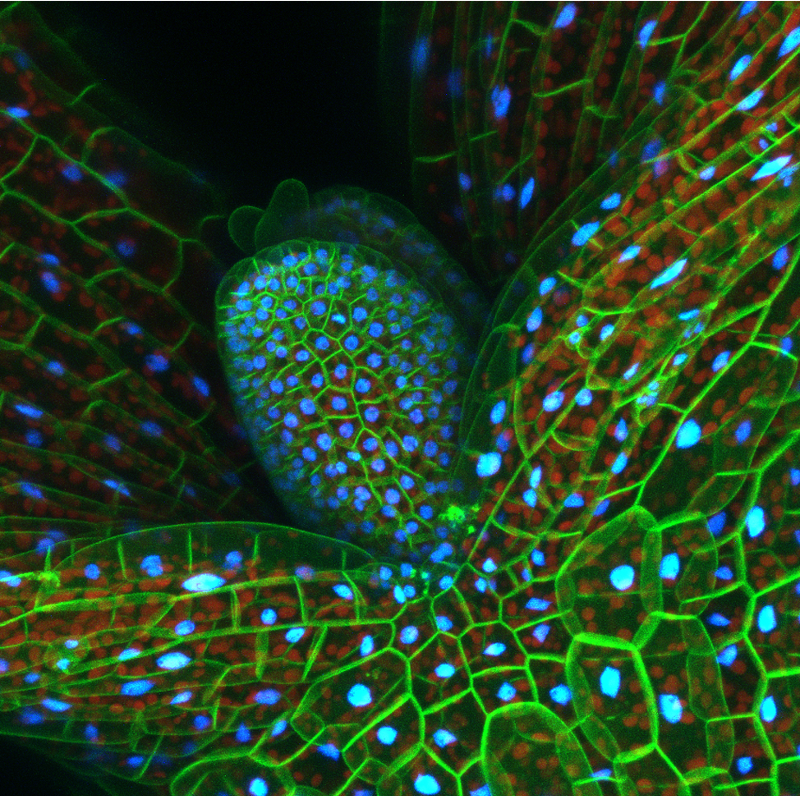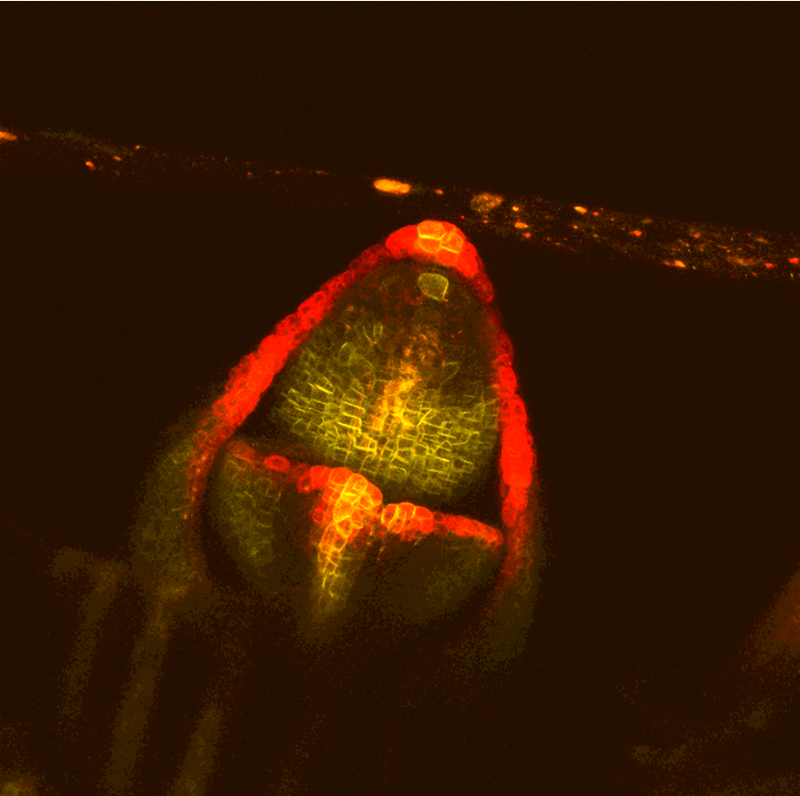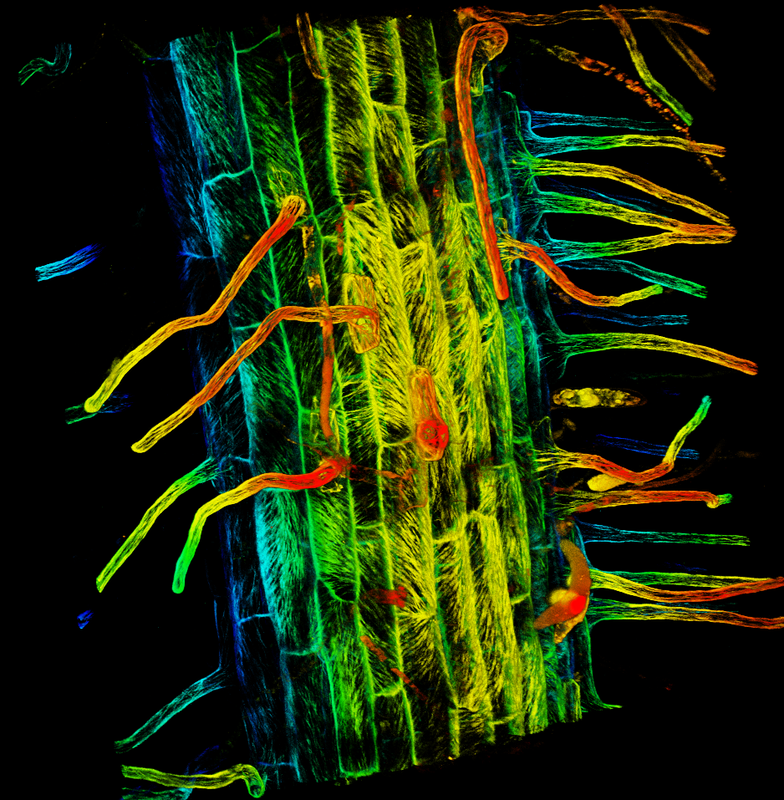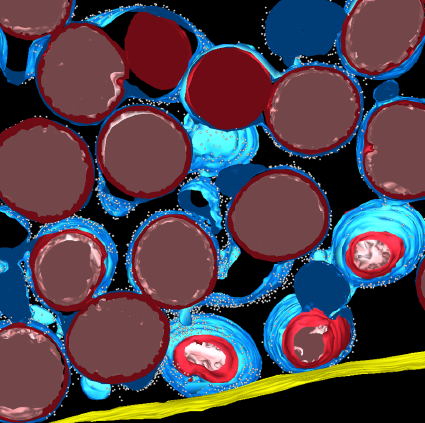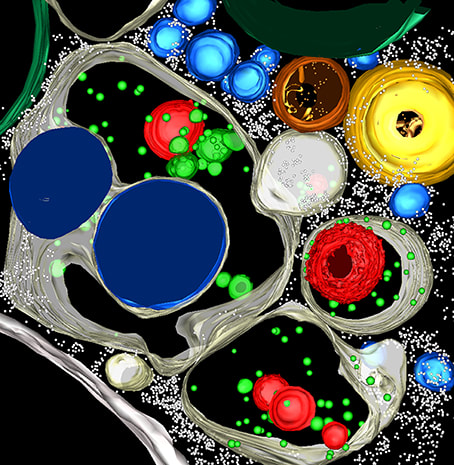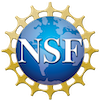Objectives
This virtual workshop on Spatial Omics will bring together world experts developing and using cutting edge Spatial Omics. Participants will hear about cutting-edge techniques developed for animal systems and the applications of advanced spatial omics methods on plant research.
NOTE: This workshop will have 2 sessions with a 4 hour break in between. One from 7-9 AM PDT and one from 1-3 PM PDT.
NOTE: This workshop will have 2 sessions with a 4 hour break in between. One from 7-9 AM PDT and one from 1-3 PM PDT.
Registration
Registration for the 2024 Plant Cell Atlas Spatial Omics Workshop is now closed.
Recordings of the three public talks can be found on the PCA YouTube channel.
|
Date: May 9, 2024
Session 1 PDT - 7:00am - 9:00am MDT - 8:00am - 10:00am CDT - 9:00am - 11:00am EDT - 10:00am - 12:00pm CEST - 4:00pm - 6:00pm GMT+8 - 10:00pm - 12:00am (5/10/2024) Search for your time zone here. |
Date: May 9, 2024
Session 2 PDT - 1:00pm - 3:00pm MDT - 2:00pm - 4:00pm CDT - 3:00pm - 5:00pm EDT - 4:00pm - 6:00pm CEST - 10:00pm - 12:00am (5/10/2024) GMT+8 - 4:00am (5/10/2024) - 6:00am (5/10/2024) Search for your time zone here. |
Speakers
- Rong Fan (Yale University, USA)
- Stefania Giacomello (KTH Royal Institute of Technology/SciLife Lab, Sweden)
- Travis Lee (Salk Institute for Biological Studies, USA)
- Andrea Mair (Stanford University, USA)
- Alex Monell (University of California, San Diego, USA)
- Matthew Tucker (University of Adelaide, Australia)
Recordings of the three public talks can be found on the PCA YouTube channel.
Agenda
Session 1
7:00 - 9:00 AM PDT / 4:00 - 6:00 PM CEST
|
7:00 AM - 7:10 AM PDT
|
Introduction
Moderator: Tatsuya Nobori |
|
7:10 AM - 7:55 AM PDT
|
Plenary #1
Stefania Giacomello (KTH Royal Institute of Technology/SciLife Lab) Talk Title: Host and host-pathogen transcriptomic studies at the spatial level Abstract: Available here Moderator: Tatsuya Nobori |
|
7:55 AM - 8:15 AM PDT
|
Talk #1
Andrea Mair (Stanford University) Talk Title: Proximity labeling as an emerging strategy for identification of local proteomes and protein complexes in plants Abstract: Available here Moderator: Tatsuya Nobori |
|
8:15 AM - 9:00 AM PDT
|
Plenary #2
Rong Fan (Yale University) Talk Title: Spatial Multi-Omics Sequencing for Mapping Tissue Function, Aging, and Diseases Abstract: Available here Moderator: Tatsuya Nobori |
Session 2
1:00 - 3:00 PM PDT / 6:00 - 8:00 AM AEST (May 10)
|
1:00 PM - 1:05 PM PDT
|
Introduction
Moderators: Trevor Nolan and Marta Peirats-Llobet |
|
1:05 PM - 1:30 PM PDT
|
Talk #2
Travis Lee (Salk Institute for Biological Studies) Talk Title: Spatial-omics in Plants: The How, When, Where, and Why Abstract: Available here Moderators: Trevor Nolan and Marta Peirats-Llobet |
|
1:30 PM - 1:55 PM PDT
|
Talk #3
Alex Monell (University of California, San Diego) Talk Title: Spatial Transcriptomics in Plants - Computational Methods for Data Analysis Abstract: Available here Moderators: Trevor Nolan and Marta Peirats-Llobet |
|
1:55 PM - 2:20 PM PDT
|
Talk #4
Matthew Tucker (University of Adelaide) Talk Title: Using spatial transcriptomics to discover new genes influencing cereal grain development Abstract: Available here Moderators: Trevor Nolan and Marta Peirats-Llobet |
|
2:20 PM - 3:00 PM PDT
|
Community discussion
Moderators: Trevor Nolan and Marta Peirats-Llobet |

